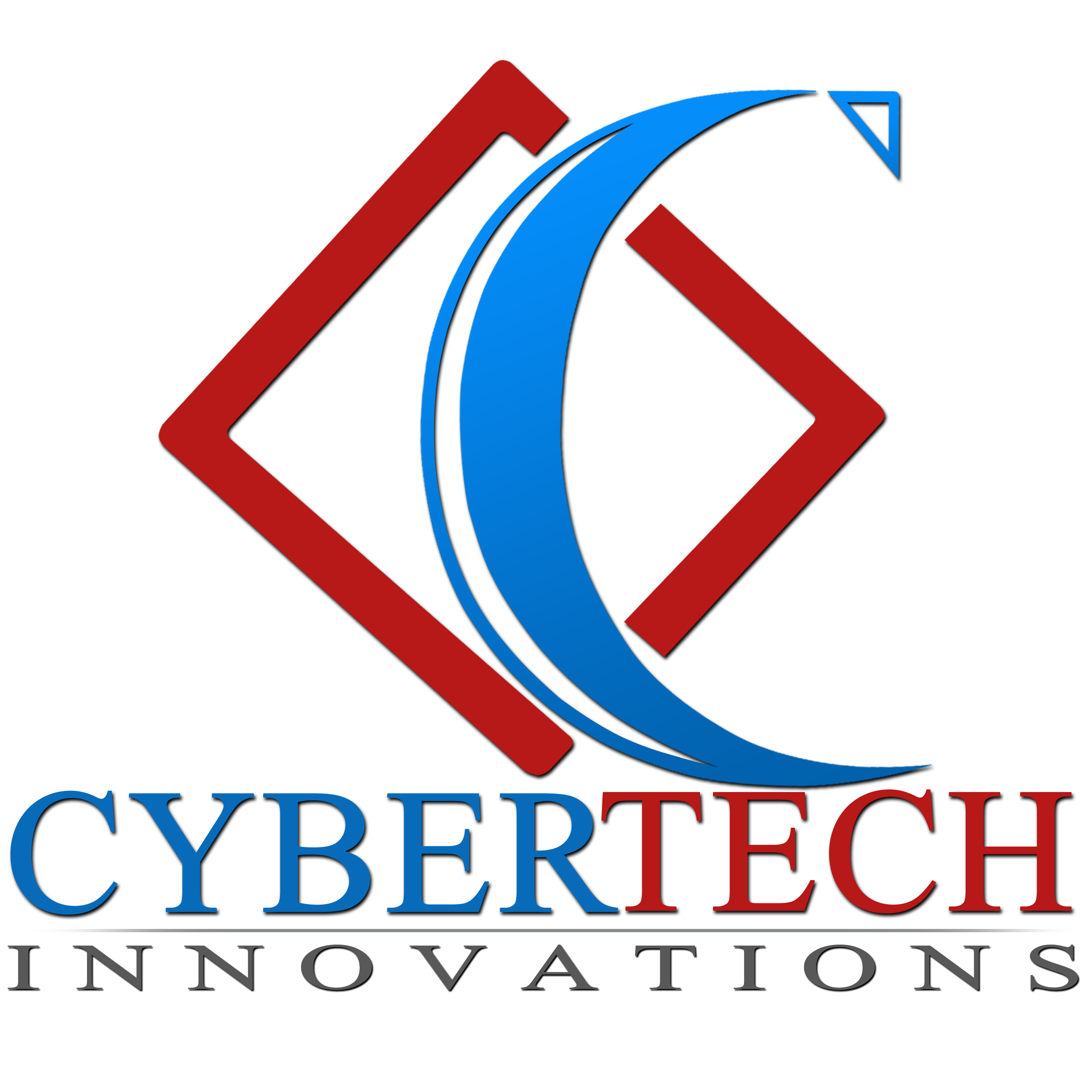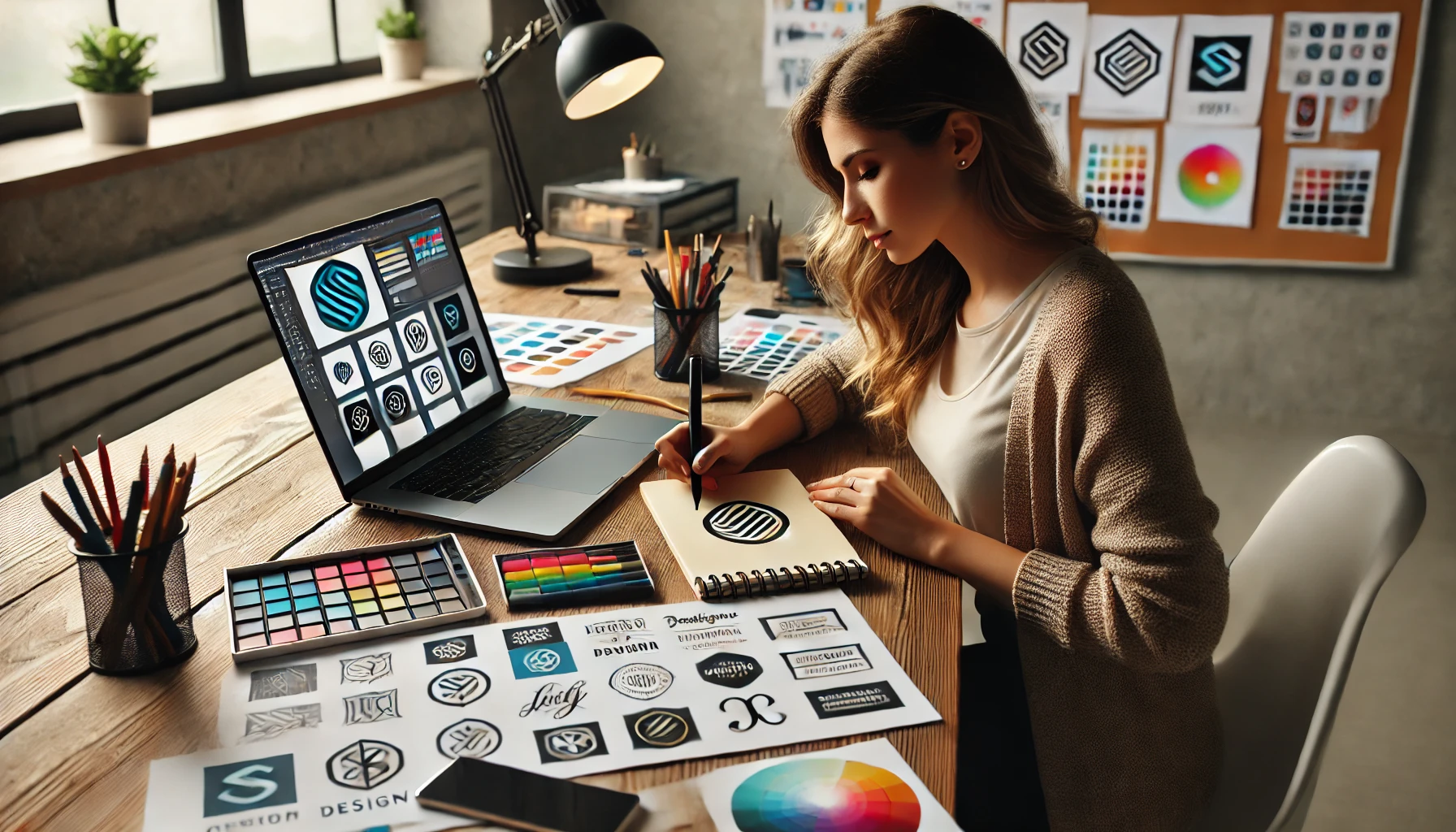Your logo is much more than just a symbol or design; it’s a visual representation of your brand’s personality, values, and mission. The psychology behind logo design plays a crucial role in how customers perceive your brand and how they connect with your business emotionally. Elements such as colors, fonts, and shapes can influence people’s emotions, perceptions, and behaviors, ultimately driving engagement and loyalty.
In this blog, we’ll explore the psychology of logo design, focusing on how colors, fonts, and the overall brand identity play significant roles in creating a logo that resonates with your audience and helps establish a powerful brand presence.
1. The Power of Colors in Logo Design
Color is one of the most powerful tools in logo design, influencing how a brand is perceived. Different colors evoke specific emotions and associations, and choosing the right color palette for your logo design can create a strong emotional connection with your audience.
Color Psychology of Logo Design:
- Red: Energy, passion, and excitement. Often used by food brands or entertainment companies, red evokes urgency and stimulates appetite.
- Blue: Trust, reliability, and calm. Common in industries like technology, healthcare, and finance, blue promotes feelings of security and professionalism.
- Green: Growth, health, and eco-friendliness. Frequently used by environmental brands or health-focused companies, green represents sustainability and wellness.
- Yellow: Optimism, happiness, and creativity. Yellow is often used to grab attention and evoke positive feelings, making it ideal for startups or creative industries.
- Black: Sophistication, luxury, and authority. Black is commonly used in high-end luxury brands and fashion, conveying elegance and timelessness.
- Purple: Royalty, creativity, and mystery. Often used by creative industries, purple suggests innovation and sophistication.
Why Color Matters:
Choosing the right color for your logo can trigger emotional responses that align with your brand’s personality. For example, if you’re a financial services company, you might choose blue to convey trust and stability. Alternatively, a food delivery service may use red to evoke appetite and excitement. The right color can influence your audience’s perception of your brand and help foster the connection you want to build.
2. Fonts and Typography: The Silent Communicators
Fonts do more than just convey words—they communicate emotions and set the tone of your brand’s identity. The typography you choose for your logo can express a variety of traits, from modernity and elegance to playfulness and seriousness.
Font Psychology in Logo Design:
- Serif Fonts: These fonts have small lines or extensions at the end of their strokes. Serif fonts like Times New Roman or Georgia convey tradition, stability, and reliability, making them perfect for law firms or financial institutions.
- Sans-Serif Fonts: Clean and modern, sans-serif fonts like Arial and Helvetica evoke simplicity, clarity, and modernity. These fonts are popular in tech and startup logos because they represent innovation and clean design.
- Script Fonts: Script fonts mimic handwriting, offering a sense of personalization and creativity. They’re often used for luxury brands, wedding planners, or beauty businesses, where elegance and refinement are key.
- Display Fonts: These bold, unique fonts are used to grab attention and are often playful, creative, or quirky. Perfect for entertainment or adventure brands, they allow for personal expression and can make a brand appear more approachable.
Why Fonts Matter:
The right font sets the tone of your brand, whether it’s trustworthy, modern, or luxurious. The style of your font influences your audience’s perceptions and helps to position your brand in their minds. For example, a financial institution may avoid using playful script fonts in favor of strong, stable serif fonts, while a tech startup might prefer the clean, sleek lines of sans-serif fonts.
3. Shapes and Symbols: Visual Language of Logos
Shapes and symbols are integral parts of any logo. They help create meaning without using words. The shape and structure of your logo can make it appear more dynamic, stable, or trustworthy, and help reinforce your brand’s message. Certain shapes and icons carry symbolic meaning and communicate ideas to your audience.
Shape Psychology in Logo Design:
- Circles: Represent unity, wholeness, and infinity. Brands that want to communicate a sense of community or harmony, such as social platforms or environmental brands, often use circular shapes.
- Squares and Rectangles: Convey stability, trust, and professionalism. Brands like Microsoft or Samsung use square shapes to communicate reliability and structure.
- Triangles: Symbolize growth, direction, and energy. An upward-pointing triangle suggests progress and innovation, making it ideal for tech companies and startups.
- Abstract Shapes: These can evoke specific brand values, such as creativity, innovation, and freedom. Abstract shapes are often used by modern brands that want to stand out from the crowd and create a unique visual identity.
Why Shapes Matter:
The shapes used in your logo can convey different messages depending on their angles, proportions, and how they interact with other design elements. A sharp-edged triangle may suggest strength and forward-thinking, while a soft, rounded circle might communicate trust and approachability.
4. How Colors, Fonts, and Shapes Work Together to Build Brand Identity
Your logo is the face of your brand—it sets the tone and communicates your business’s identity at a glance. A successful logo combines colors, fonts, and shapes to create a cohesive brand identity that resonates with your audience.
How to Align Logo Design with Brand Identity:
- Consistency: Ensure your logo’s design elements align with your brand’s voice, values, and personality. For example, a law firm’s logo should convey trust, stability, and professionalism, while a creative agency’s logo might lean toward innovative, bold, and artistic design elements.
- Target Audience: Understand the emotions and responses you want to evoke from your audience. A children’s toy company might use bright colors, fun fonts, and playful shapes, while a luxury fashion brand might choose elegant fonts, subtle colors, and minimalist design.
- Simplicity: Keep your logo simple and memorable. Over-complicated designs can confuse or overwhelm your audience. Simplicity ensures that your logo is versatile and timeless.
Conclusion: The Power of Logo Design in Shaping Your Brand Identity
Logo design is not just about creating something visually appealing; it’s about crafting a symbol that conveys your brand’s essence. By understanding the psychology behind colors, fonts, and shapes, you can create a logo that resonates deeply with your audience, enhances your brand identity, and sets your business up for success.
At Cybertech Innovations, we specialize in creating custom logo designs that reflect your brand’s unique personality. Let us help you design a logo that not only stands out but also helps establish a strong emotional connection with your customers.
Ready to create a logo that represents your brand’s values and identity? Contact us today to get started on designing the perfect logo for your business!
Frequently Asked Questions (FAQ)
Q1: How do I choose the right color for my logo?
Choosing the right color depends on the emotions you want to evoke in your audience. For example, blue represents trust, red evokes excitement, and green symbolizes growth. Consider your brand personality and target audience when selecting your logo color palette.
Q2: Can I change my logo design after it’s been created?
Yes, logo design is a flexible process. While it’s best to create a timeless logo from the start, it’s okay to update your logo to reflect changes in your brand identity or market trends. Ensure that updates still retain the core elements of your brand.
Q3: Why should I invest in professional logo design services?
A professional logo design ensures that your logo is unique, memorable, and aligned with your brand identity. Experienced designers understand color psychology, typography, and design principles, ensuring that your logo is visually appealing and effective across all platforms.
Q4: What are the main elements of a great logo?
A great logo includes simplicity, clarity, and relevance. It should convey your brand’s values and be recognizable across different mediums. The colors, fonts, and shapes used in the logo should align with your business’s identity and audience.
Q5: How long does it take to design a logo?
The timeline for designing a logo depends on the complexity of the project. Typically, the process can take anywhere from a few days to a few weeks. It includes time for research, brainstorming, designing multiple concepts, revisions, and finalization.

